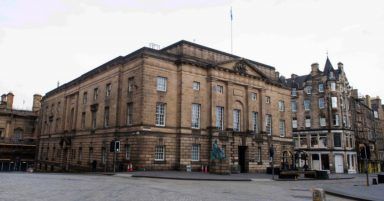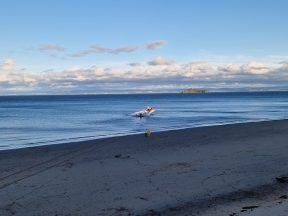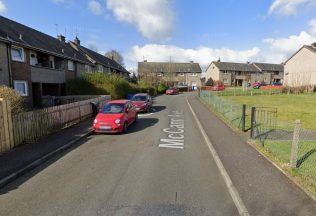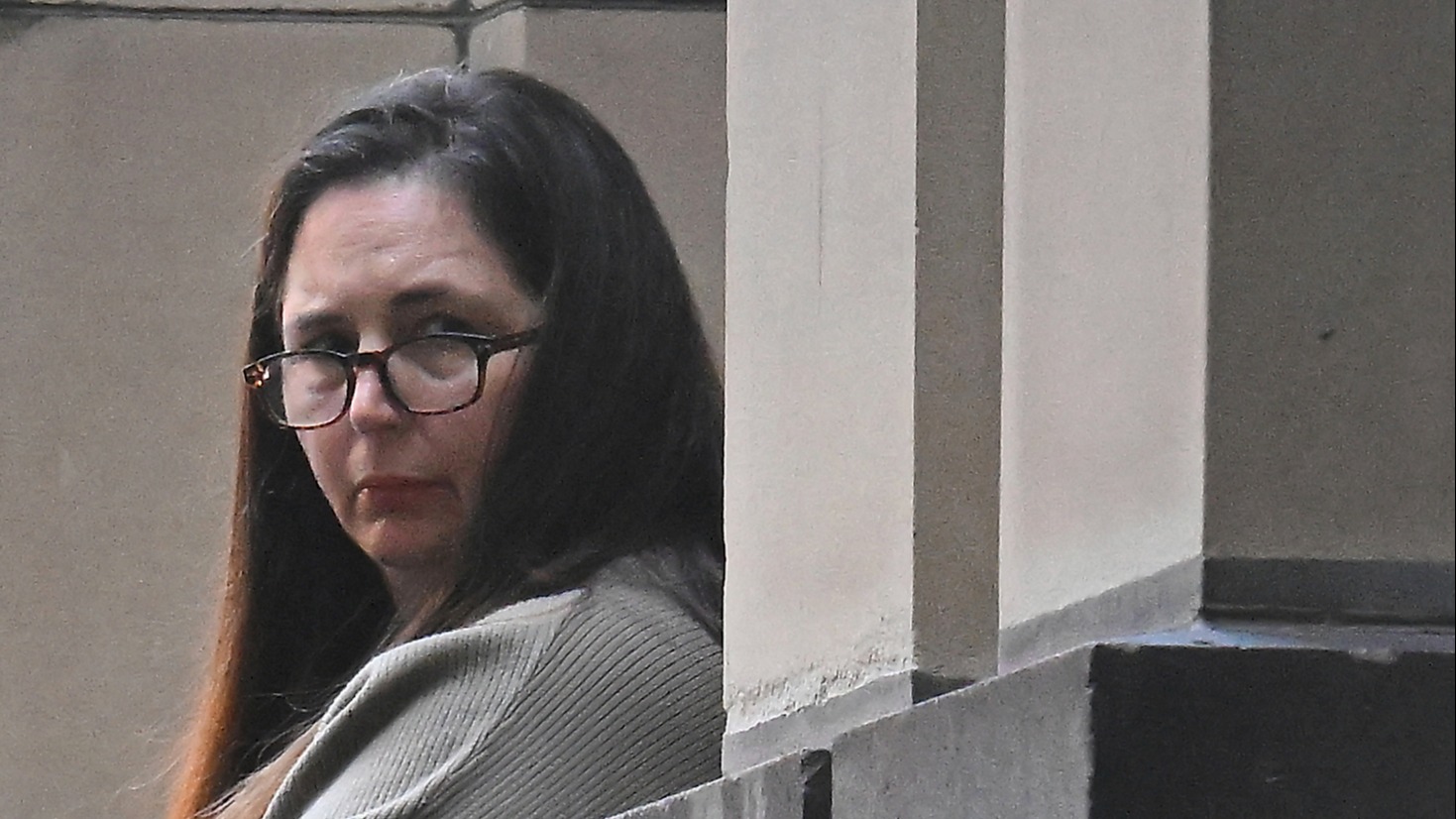Swathes of Fife’s open spaces and grasslands are set to be maintained just once a year under a new grounds maintenance plan agreed across the Kingdom.
Fife Council’s new grassland strategy will cut back on maintenance of nearly 250 acres of parkland — around seven percent of all public green space.
It will see a minority of spaces across nearly every council ward cut just once a year in the autumn, instead of being “intensively” cut in the summer months.
Pathways will be cut through the affected areas to promote exercise, and invasive weed species will still be removed throughout the year.
Members of the public were consulted on the plans last year, amidst cynical accusations of cost-cutting.
However, council environment bosses say the reduction for some spaces will encourage biodiversity, connect locals with nature and cut 21 tonnes of CO2 emissions across Fife every year due to the reduction in the use of grass-cutting vehicles and machinery.
It will also free up 1088 hours of work time each year, or around 30 people, that can be diverted to other green space maintenance tasks.
Ken Gourlay, Fife Council’s head of environment, says that “rewilding” a minority of Fife’s green spaces will create havens of biodiversity for dwindling animal populations,
In his report to Fife’s area committees, Gourlay said: “We know the UK has lost 97% of its flower-rich grassland over the past 70 years. This has resulted in a drastic decline of around two thirds of pollinating insects.
“Fife is the most heavily cultivated region in Scotland so we can make a difference and give our wildlife more of a chance by changing the way we manage our urban green spaces.
“These proposals are an opportunity to counter-act these declines.”
Environment workers will avoid cutting grass in areas that sit at the edge of green spaces or areas that are less frequently used. This will encourage wild flowers to grow, creating natural habitats for wildlife.
When the grass is eventually cut in the autumn it will be left for two to three weeks to allow seed to disperse naturally for the next year before it is baled and used as animal feed, compost or fuel.
Proposals for all 22 council wards were presented to the Kingdom’s area committees for approval, and all but six were approved.
The amount of grassland that is cut varies from ward to ward, with as much as 17.5 percent of Buckhaven, Methil and Wemyss Villages’ green space being maintained less in the future, while maintenance will change for no parts of Glenrothes West and Kinglassie at all.
Some plans have also changed from their original intention following community feedback.
The villages of Crossford and Pittenweem will continue to have grassland mowed regularly in future after being exempted from their wards’ respective plans, and Kirkcaldy’s Duddingston Drive and Rabbit Braes will not be moved onto the new scheme. Some further consultation is also taking place in parts of Dunfermline and Levenmouth.
However, the vast majority of local communities across Fife are supportive of the plans – as much as 97% of consulted residents in Inverkeithing and Dalgety Bay, and a region-wide average of 65%.
A handful of areas where no agreement could be reached on the new plans, such as Rosyth, West Fife and Lochgelly, will continue being maintained as before.
Follow STV News on WhatsApp
Scan the QR code on your mobile device for all the latest news from around the country


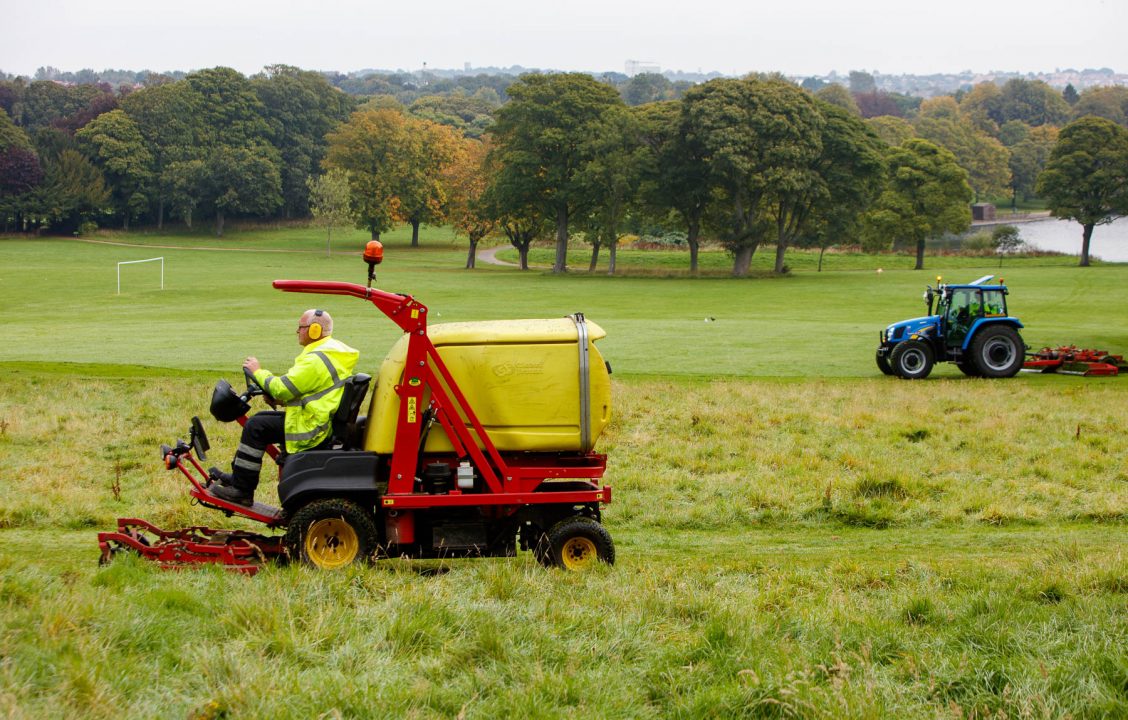 Fife Council
Fife Council











